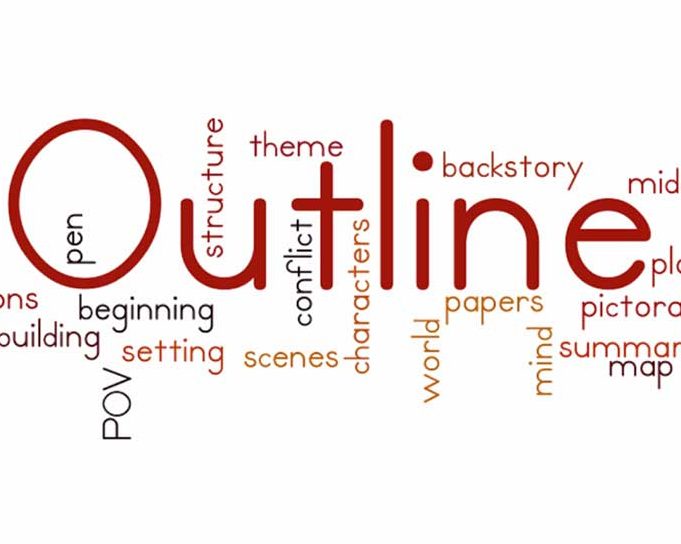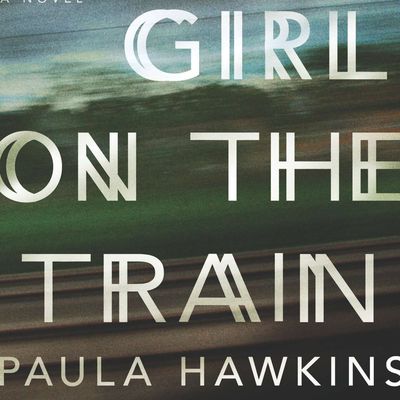Scene Structure and Character Arc
Novels are about characters—characters who undergo significant change. Or, at least the protagonist should. A novel in which the protagonist doesn’t learn, grow, or change is a stagnant novel.
We write novels to take readers on a journey. Usually that is some kind of transformational journey. Readers want to go through the struggles and challenges the character faces and witness this transformation.
What’s a Character Arc Really About?
What am I talking about? Does a character have to have some huge revelation at the climax? Does he need to change his life? Transformation doesn’t have to be huge, and the scope and type of transformation can be influenced by genre. However, even with genres that focus predominately on action—dynamic plot developments—it can be said that those types of books will be better stories if they include some character transformation.
What does this have to do with scene structure? A lot. We talked last week about the five essentials components of a scene, but this one is right up there with those five. The best stories show a character moving from his identity to his essence, as story master Michael Hauge puts it. Basically that means at the start of the story, the protagonist is not living in his true essence. Due to past wounds and pain, he’s living in a false identity, a persona he shows to the world that keeps him safe but unhappy. His persona is not working for him.
The key events that take place in the story that push him toward his goal force the character to undergo change. Life does this to us. Some of us might remain in our protective identity our entire lives. But some of us, impacted by the events in our lives, learn, grow, and change.
When that growth and change move us from identity to essence, those are good changes. There is nothing more satisfying and peace-inducing than to be real with ourselves. To face our truths, own our stuff, be genuine.
The Transformational Journey
This is the transformational journey readers long for. Sure, some characters will not change or grow into their essence. These might be the “bad guys” in your story. Or, if you are writing a post-modern story, your hero may fail to transform, much to the dismay of some readers. Those types of stories—considered tragedies, for the most part—while often having merit, leave many readers dissatisfied.
Most readers want to see the hero come into his own. Yet, even in some tragedies (such as some of Shakespeare’s plays), the hero often learns much about himself. He may not act on what he learns, but you can still identify a character arc.
So when you are working on crafting your scenes, one important question you need to ask is this: How does my character change in this scene? I would venture to say your POV character should change in some way in every scene.
Why? Because change is dynamic. It doesn’t have to be some monumental change. It can be a subtle shift of awareness. As your character experiences something, she can gain one little insight into herself, others, or her world.
It’s in Your High Moment
Think about the high moment you have set up for your scene. This is going to take place at the very end, or immediately before the end, of your scene. This high moment (which we touched on last week) may reveal some clue, or key plot point, or something new about a character. Regardless of what that high moment reveals, think about how your character might change and in what way.
How can you make that decision? By stepping back and looking at your overall character arc for your book. At the start of the novel she’s in her identity. At the end, she’s fully in her essence. Ask: Where does this specific scene take place in this arc? If you lay out your scenes and think of ways to get your character from identity to essence, you can insert key insights and events that will show these steps of change.
People don’t change in an instant. It takes time and persuasion to change even an opinion. Imagine how much harder to change a person’s core beliefs.
So when you are crafting your scenes, one of those key elements to keep in mind is the way in which your character changes. Think about how she feels and thinks at the start of the scene. Then think about how that’s changed once the scene ends.
If your character isn’t undergoing some type of transformation, consider reworking your scene, and maybe even your scene objective, until you have some significant change in attitude, belief, behavior, or opinion.
Every day we are influenced and persuaded in countless ways. Commercials or ads grab our interest and get us to buy something new. News articles share events that rock our view of the world, of others, of ourselves. Live happens, and it affects us.
Life should affect our characters too. But in a controlled way. After all, we are the writers, and we control our stories and character arcs.
Be sure to include change in every scene, and you’ll be one step closer to crafting a strong scene.
Next week I’m going to share my scene template with you and some examples of how this tool can really help you focus on the key components of scene structure.
What are your thoughts on the character’s transformation? What are some ways you like to show (or seen shown in novels) how characters grow and change?












I like your thoughts on character arcs and developed one on my protagonist in Windows. In the story the heroine’s story begins as a widow, nine years in social withdrawal aka working at home. When given the chance to do some work in the U.K. she struggles to take her first step forward in years. Her transformations begin with her first step onto the plane and continue through the book until she finally realizes she’s truly in love again. My question, since this is a trilogy and the final is almost done, I’m thinking of a flashback by her in which she reminisces about ‘how far I’ve come’. What do you think? Or should I just let the readers notice her progress by themselves?
This is the first time identity to essence has been explained in a way I get. Thanks for your clear and concise explanation. You gave me an ah-ha moment.
Thanks, Tina. I have quite a few posts on this, taken from Michael Hauge’s great method. You might do a search for other posts on my blog if you want to learn more 🙂 I’m a big fan of focusing on that transformational journey for the protagonist.
Thanks for an insightful blog post, C.S. The idea that my protagonist must change in EVERY CHAPTER is new to me. Usually I ask myself “What does my character want?” Now I’ll be questioning “How does my character change?” before I begin to write a scene. A good question for revision too, especially when a chapter doesn’t work but you don’t know why.
That’s great! A good question to ask every time. Ask both questions!
I planned to begin work today on feedback from the editor I hired recently, who sent me pages of suggestions to improve my novel, the character arcs being the big focus. Should all the major characters have their own arc, and are they equally important?
Thank you for sharing your valuable knowledge.
Hi Jane, all major and minor characters should have some sort of arc. Not very minor, but the secondary characters that are supports and antagonists to your protagonist should change in the story. It also depends on genre. If you’re writing a thriller, your “bad guy” may not change at all. But then again, he might. Think of Tommy Lee Jones’s character in The Fugitive. He is the protagonist’s nemesis, yet the US marshall’s character change was significant to the story. I always feel the more characters that change, the more dynamic the story.